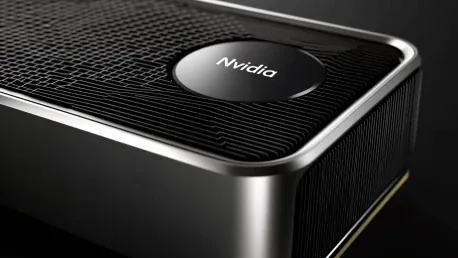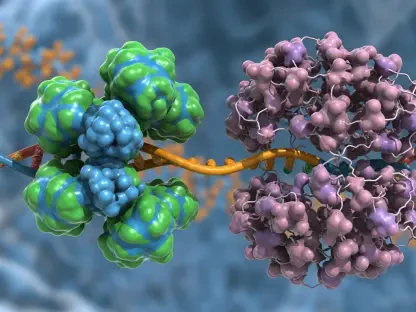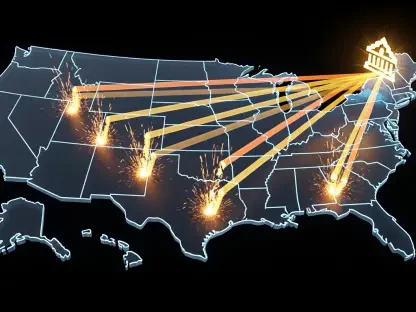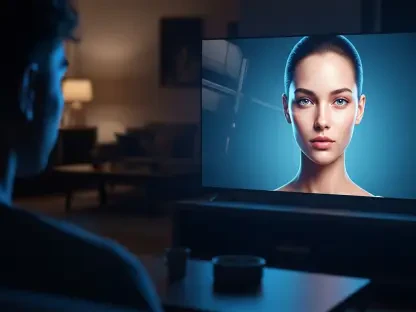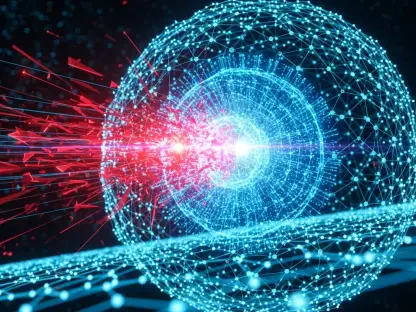Nvidia recently captured the spotlight at its company keynote with the unveiling of a new suite of AI development tools, including the Nvidia RTX Kit, aimed at revolutionizing the way video game visuals are experienced. At the heart of these innovations lies a set of neural rendering technologies that promise to enhance the graphical fidelity and interactivity of modern games. Nvidia, already a leader in AI technology, boasts a market capitalization exceeding $3 trillion, underscoring its profound influence on the industry. During the event, CEO Jensen Huang emphasized that the same GeForce GPUs that have driven advancements in AI are now being transformed through the power of AI itself.
Advanced Tools for Enhanced Gaming Experiences
The Nvidia RTX Kit introduces a variety of cutting-edge tools designed to elevate the gaming experience to unprecedented heights. Among these, the RTX Mega Geometry feature stands out for its ability to significantly boost graphical realism by enabling ray tracing of up to 100 times more triangles than current industry standards. This translates to richer and more detailed in-game environments that can captivate players with lifelike visuals. Another notable feature is New Reflex 2’s Frame Warp, which addresses the critical issue of latency by updating game frames based on the most recent mouse inputs before they are displayed. This enhancement aims to deliver smoother, more responsive gameplay, particularly in fast-paced scenarios where split-second decisions are crucial. One of the standout innovations within the RTX Kit is the ACE autonomous game characters powered by generative AI. These characters are designed to respond dynamically to player goals and adapt their tactics accordingly, creating a more immersive and engaging gaming experience. By leveraging advanced AI, these autonomous characters can offer a level of interactivity and unpredictability that adds depth to gameplay.
The impact of this technology is already evident in titles such as PUBG Ally and the eagerly anticipated game InZOI, where players can interact with and be challenged by these AI-driven characters in novel ways. These advancements collectively signify a major leap forward for game development, promising to enrich the gaming landscape with unparalleled realism and interactivity.
Ethical Concerns and Community Reactions
However, not all of Nvidia’s new tools have been met with unbridled enthusiasm. The introduction of RTX Neural Faces has sparked considerable controversy within the gaming community. This technology, which aims to generate more natural-looking faces from simple rasterized data and 3D poses, has faced criticism for producing results that some find visually unsettling and problematic. Critics argue that the AI-generated faces often exhibit exaggerated features, leading to what some describe as a “yassified” appearance that can detract from the original character design. Such concerns raise important questions about the impact of AI on artistic integrity and character representation in video games. The debates surrounding RTX Neural Faces have ignited discussions within the gaming community, with various opinions emerging on the proper role of AI in creative processes. Many see the potential for AI to enhance game graphics and increase immersion, but others are wary of the possibility that these technologies could undermine established artistic principles and character designs.
The reactions to Nvidia’s social media posts reflect this division, highlighting the diverse perspectives on whether these advancements constitute a positive evolution in game development or pose risks to the creative essence of video games. As the gaming community continues to deliberate these issues, it is clear that the deployment of AI in creative fields necessitates careful consideration of both its benefits and potential drawbacks.
Balancing Technological Progress and Artistic Integrity
Nvidia recently took center stage during its company keynote with the announcement of a new suite of AI development tools, including the Nvidia RTX Kit, which is set to transform the way we experience video game graphics. These tools feature cutting-edge neural rendering technologies designed to boost both the graphical quality and interactivity of contemporary games. Known for its leadership in AI technology, Nvidia’s influence in the industry is highlighted by its impressive market capitalization of over $3 trillion. At the event, CEO Jensen Huang highlighted that the same GeForce GPUs that have driven significant advances in AI are now being revolutionized through the application of AI itself. This implies that Nvidia’s technological innovations are creating a cyclical enhancement, where AI improves GPU capabilities, which in turn further advances AI development. The keynote emphasized how Nvidia is leveraging its deep expertise in AI to push the boundaries of what’s possible in gaming and beyond.
